8 Most Popular Fabrics to Use for Curtains
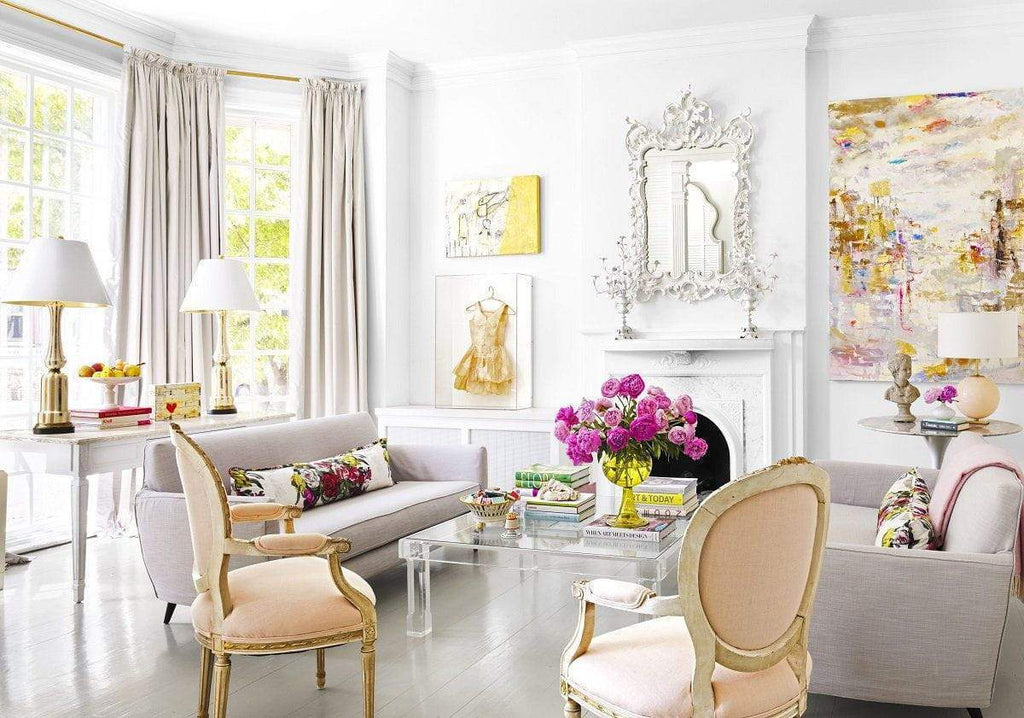
Window dressing can make a huge difference to the look of a room: it adds pattern, color, texture and can soften the hard architectural lines of windows and French doors. Just like your choice of curtain hardware, the choice of fabric for your windows is a very important one! Let us break down the options for you, to help you make an informed choice when dressing your windows.
Here are 8 of the most popular fabrics for curtains
1) Velvet
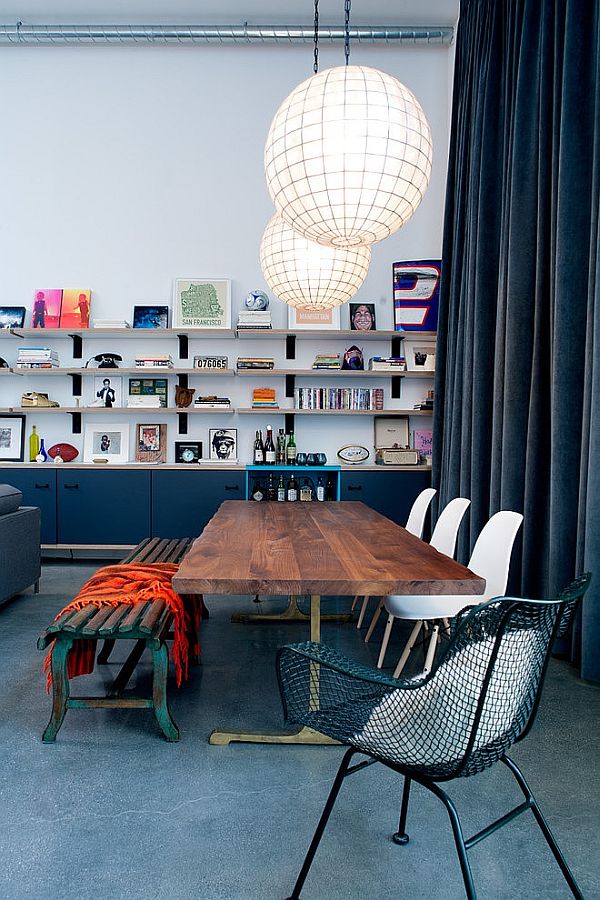
source: Decoist
Traditionally made from silk, velvet is an old-school fabric that speaks of opulence and grandeur. Velvet drapes are heavy and full, and because of its thickness, also a great light and sound insulator. Ideally suited to larger windows, velvet curtains can work in very formal as well as informal rooms. They can be used with great success in the bedroom, living room, dining room and other formal rooms. While original silk velvet is very expensive, modern velvets are made with synthetic fibers or natural fibers like cotton and linen, making them much more affordable.
Because of their weight, curtain hardware like motorized drapery rods or made especially for heavier drapes are needed. Decorative traverse rods are a great option for those looking for a metal or high-end finish.
2) Damask
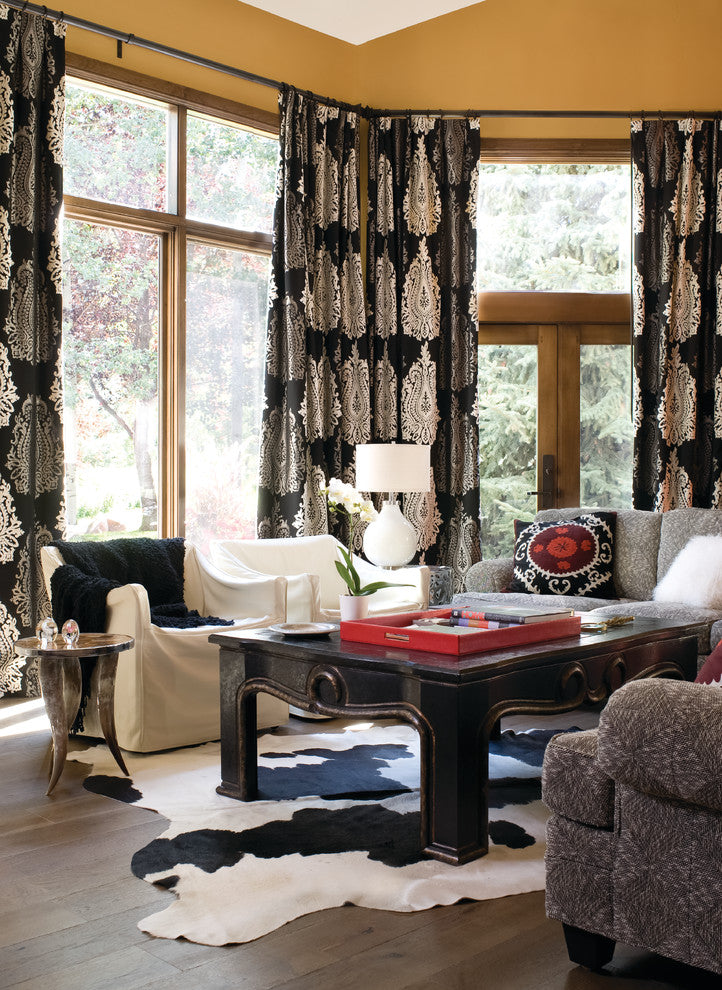
source: Made By Mood
Damask cloths have been seen from as early as the 9th century and consist of a patterned weaving method on a jacquard loom that allows the fabric to be reversible. The fabric is usually in a single color, with the pattern made up of a warp-faced sateen finish and a matt background. While almost any pattern is possible with a damask-weave, what we see currently are large-scale floral patterns. The slight gloss of the fabric caused by the sateen pattern makes damask a luxurious fabric. This kind of curtain works well is formal rooms and bedrooms where there is a touch of glam.
While not as heavy as velvet, lined damask curtains can still be weighty. Use a double wood rod with blackout lining on the rod behind the cotton-lined curtains to reduce the overall weight.
3) Brocade
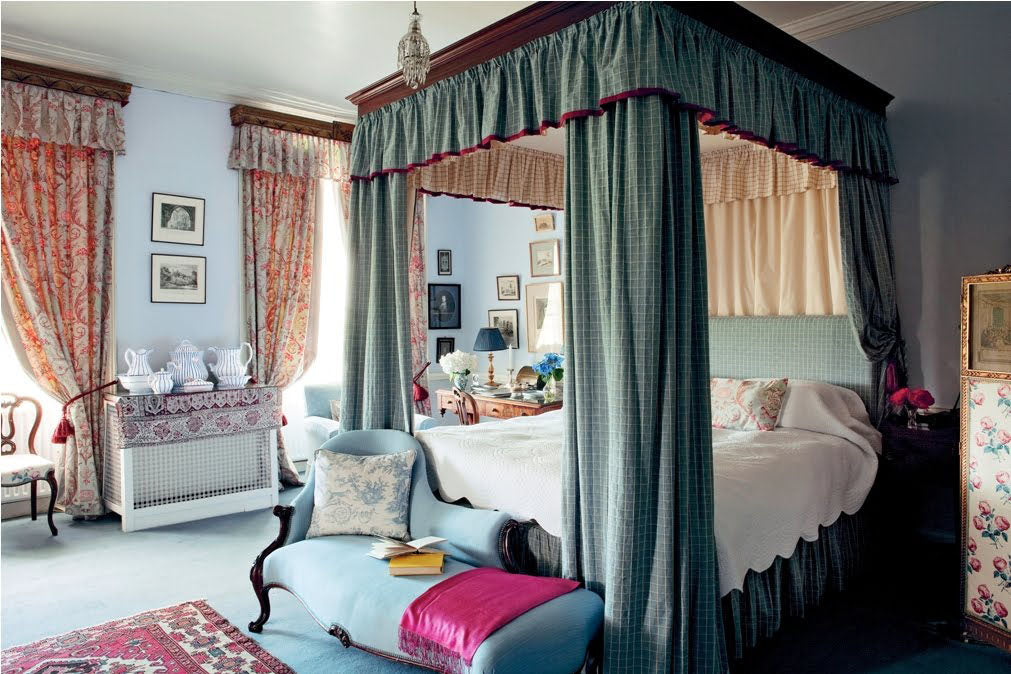
source: Freshome
Often confused with damask, brocade is also woven on a jacquard loom, but consists of multi-colored threads creating a colorful pattern on a plain background. The pattern appears to be raised because the threads are almost floating on the surface of the surface of the fabric, causing it to fray easily. The fabrics tend to be backed to prevent this. Another heavy fabric, the vast selection of patterns available makes brocade perfect for any room where a fuller drape is required. Use it with a fluted wooden pole, matching curtain rings, and decorative finials to compliment this intricate fabric.
4) Voile
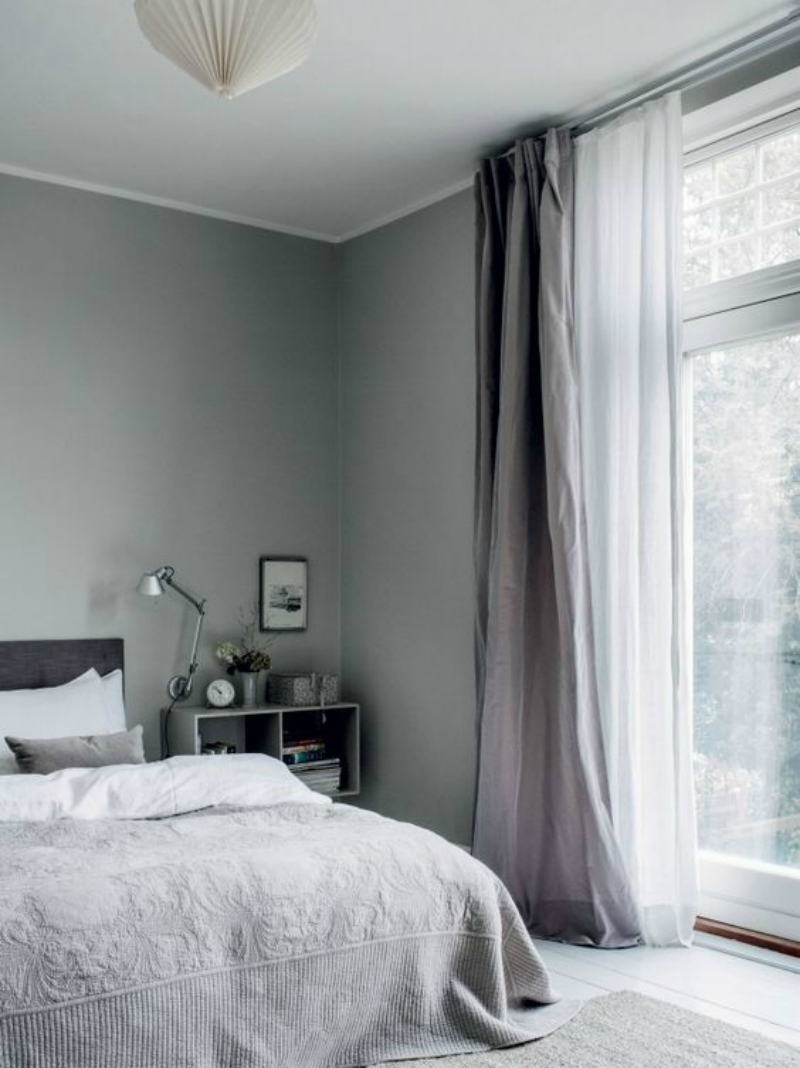
source: Payaazin
A collective noun for a variety of sheer fabrics, voile has a soft, light look that allows light through while allowing privacy. Voile can be made from natural fibers like cotton or silk, or it can be made from synthetic fibers such as rayon and polyester. A voile curtain is a perfect solution where both privacy and light are preferred. Many people choose these light-weight curtains on their own in a living room. This is also perfect to be used with thicker, blackout-lined curtains in a bedroom. Because they are so light, they can even be hung from thin spring tension rods in smaller bathroom or kitchen windows.
5) Lace

source: Café At The Rep
Used mostly in cottage interiors and small windows like those found in kitchens and bathrooms, lace curtains add a soft feminine touch to a room. Made from natural or manmade materials, lace come in prices to suit any budget. Use with sash café rods for shorter curtains or for the ultimate romantic window dressing.
6) Linen
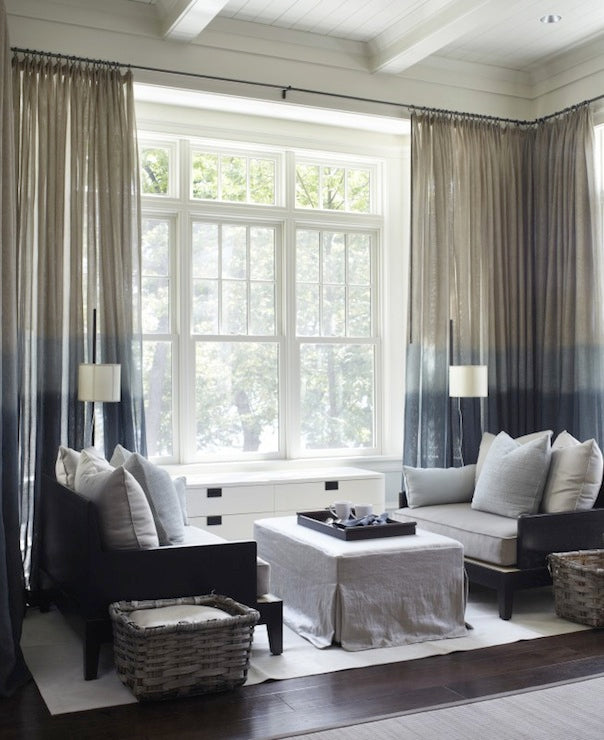
source: Sherri Wood Emmons
Both natural linen and linen-look fabrics are popular as curtaining. Linen is one of the oldest weaving yarns and makes an incredibly strong, stable and durable fabric. The textures vary from smooth and slubby to coarsely woven textiles, producing anything from dense fabrics to sheers. Natural linen is pale and earthy and popular in French- and English country interiors. Dyed or embroidered linens are equally at home in luxurious settings. While real linen can be on the pricey side, artificial linen made from polyester has the same look at much less. Use your linen curtains with unfinished wood for a subtle look, or with metal poles to create a dramatic contrast.
7) Silk

source: Futurist Architecture
Another ancient fabric, silk was originally developed in China as much as 8,500 years ago. Known for its soft luster, strength, and richness of color, silk is a favorite in both the fashion and interior industries. Natural silk, made from the cocoons of silkworms, is expensive. Synthetic silks are more affordable but do not fully possess all the qualities of its natural counterpart. Silk can be smooth or textured, plain, printed or embroidered, and makes beautifully light curtains. They can be lined to provide better shading, or unlined to keep them floaty. Even if unlined, silk curtains should always have a barrier fabric behind them to prevent damage from the sun. Use a double traverse rod to accommodate both layers easily.
8) Cotton
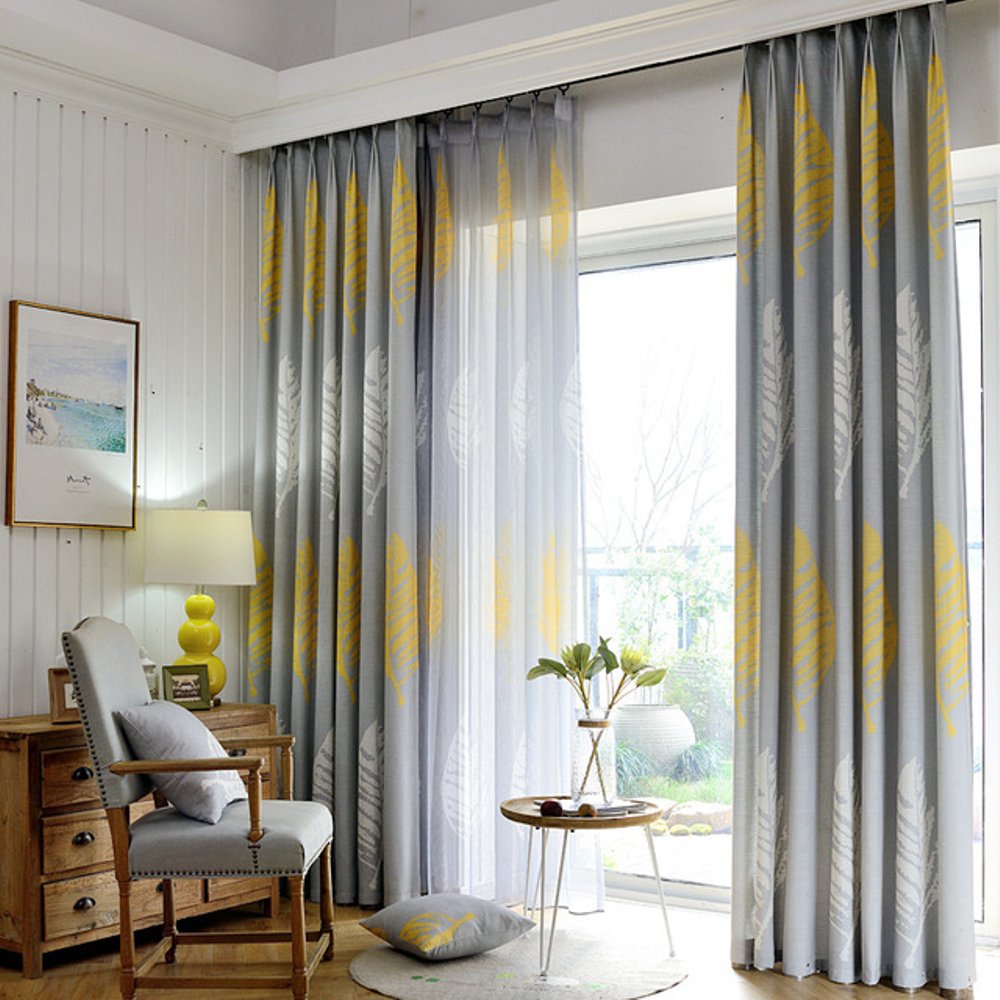
source: Bukalapak
If you still haven’t found what you were looking for, the chances are that it’s cotton! Cotton fabrics come in a variety of finishes and thicknesses, and they can be printed, embroidered or plain. Easily washable, durable, and colorfast, cotton curtains are an affordable option. Popular options include heavier corduroy and bull denim, and lighter toile, florals, and stripes. Always line cotton curtains to protect the fibers from the sun and use hardware to match your interior.
PRO TIPS:
- Choose your curtains, and especially the lining, based on the amount of light the window will be getting. Especially if the window faces south, you should invest in a high-quality lining to protect the curtain fabric.
- Always buy the best that you can afford. Curtains are a long-term investment so favor quality and craftsmanship over price.
- Curtains are a great way to express your personal style, so don't be afraid to get something that will be a focal point in your room.




















